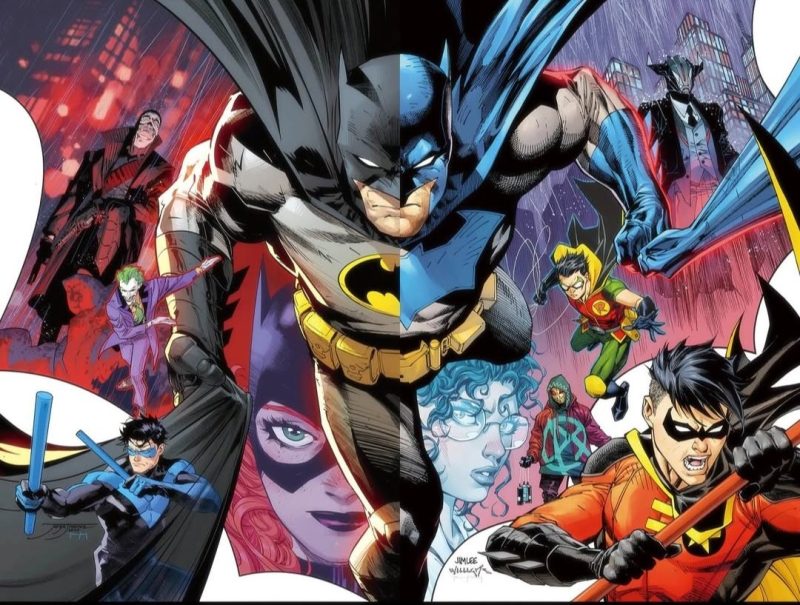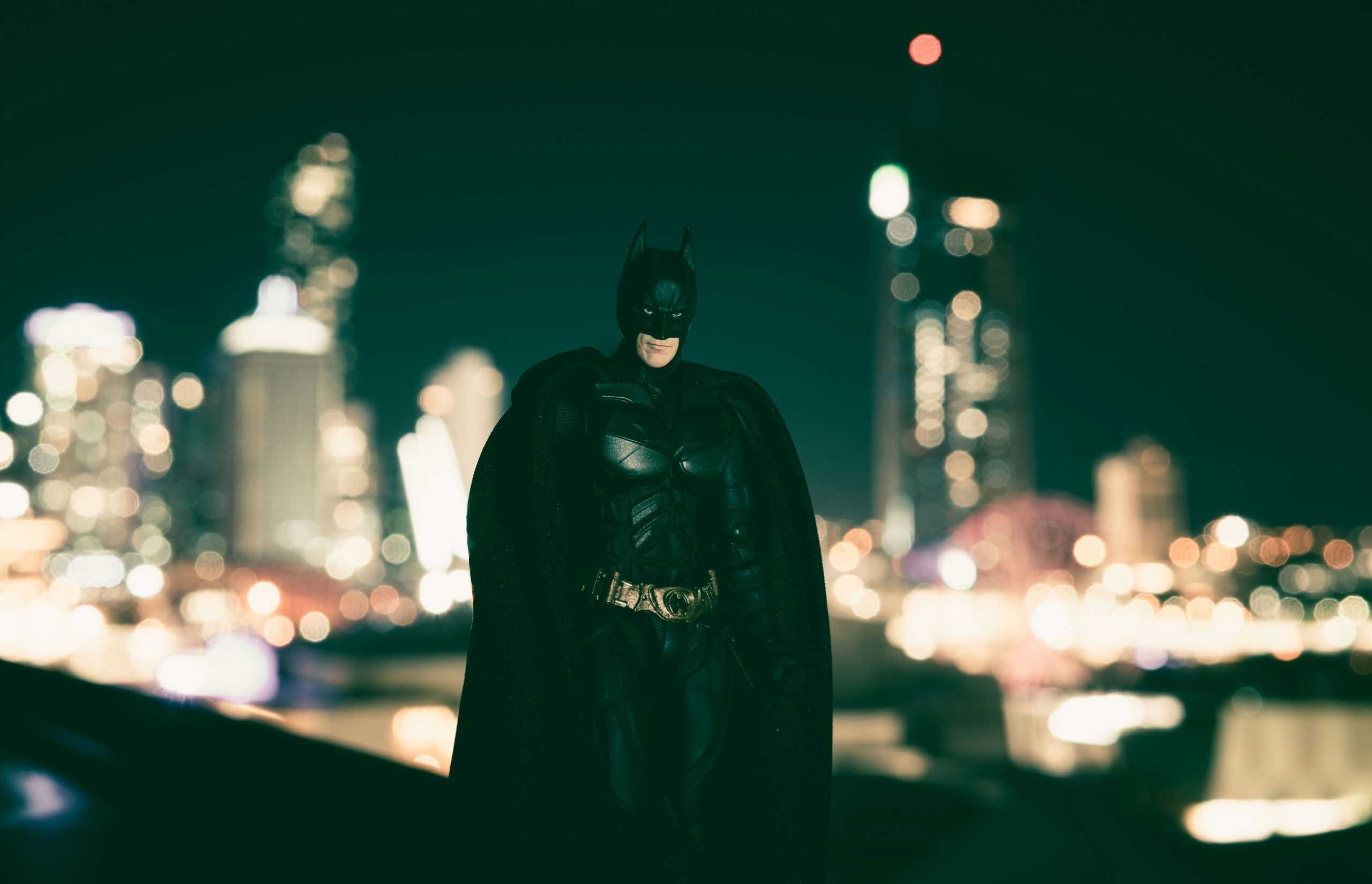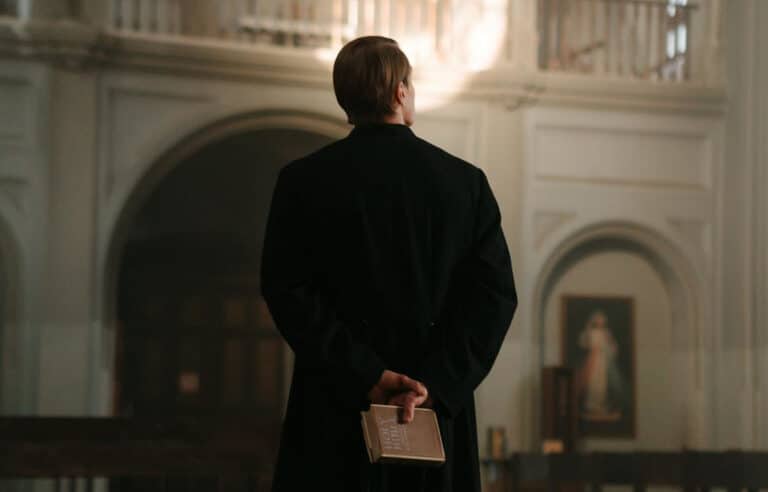The Pivotal Moment That Transformed Batman 33 Years Ago
Thirty-three years ago today, television and the Batman legacy changed forever. On September 5, 1992, Batman: The Animated Series premiered, delivering something unprecedented to audiences worldwide. This wasn’t just another superhero cartoon—it was a complete reimagining of what the series could be, setting the gold standard for every story that followed.
The opening sequence alone can send a chill down one’s spine as Danny Elfman’s haunting score plays over those stark black backgrounds. This show didn’t talk down to its audience or water down its subject matter. Instead, it treated the series with the respect and gravitas the character deserved.
The Perfect Batman Origin Story
What is striking about Batman: The Animated Series is how it perfected the Dark Knight’s emotional core. While his origin had been retold countless times since Detective Comics #33 in 1939, the animated series found the perfect balance between tragedy and hope. The show understood that Bruce Wayne’s transformation into Batman wasn’t just about vengeance—it was about preventing others from experiencing his pain.
Kevin Conroy’s voice work became the definitive Batman performance almost immediately. His decision to use two distinct voices. A warmer, lighter tone for Bruce Wayne and a deeper, more commanding voice for the Dark Knight were revolutionary. This wasn’t just clever voice acting; it was character development through audio. Conroy made us believe that Batman and Bruce Wayne were genuinely different personas, not just the same person in various costumes.
Redefining Batman’s Greatest Villains
The series didn’t just give us great Batman stories: it fundamentally changed how we understood his rogues’ gallery. Take Mr. Freeze, for instance. Before “Heart of Ice,” Arnold Schwarzenegger’s ice puns were the primary reference point for the character for most people. The animated series transformed him into a tragic figure driven by love and loss, making him one of Batman’s most compelling adversaries.
Mark Hamill’s Joker performance deserves special recognition. Hamill brought a perfect blend of humor and menace to the role, which could make you laugh one moment and genuinely terrify you the next.
Creating New Batman Legends

Perhaps the series’s most lasting contribution to its mythology was Harley Quinn. Originally conceived as a character for a single episode, Harley’s popularity with audiences convinced the creators to bring her back. What started as “Joker’s Favor” eventually grew into one of DC’s most beloved characters, spawning comics, movies, and her own series.
The show also introduced us to Renee Montoya, who would later become a significant character in the comics and other media. These weren’t just random additions to the series’ world – they were carefully crafted characters who enhanced the Dark Knight’s story while standing on their own merits.
The Art of Dark Animation
Visually, Batman: The Animated Series was unlike anything on television. The decision to draw on black paper instead of white gave the show its distinctive film noir aesthetic. Every shadow felt intentional, every character design purposeful. The art style perfectly matched the show’s mature themes, creating a Gotham City that felt genuinely dangerous and mysterious.
The series proved that animation could be just as sophisticated as live-action storytelling. Episodes like “Heart of Ice” and “Two-Face” dealt with complex themes of loss, identity, and moral ambiguity that would have been difficult to execute in any other medium.
Lasting Legacy
Today, thirty-three years later, Batman: The Animated Series remains the benchmark against which all other adaptations are measured. The show’s emphasis on psychological depth, visual storytelling, and character development became the template for mature superhero entertainment.
What makes this anniversary particularly poignant is how relevant the series remains. In an era of increasingly complex superhero narratives, Batman stands as proof that you don’t need convoluted plots or excessive violence to tell compelling stories. Sometimes, the most powerful approach is simply treating the character with respect and understanding what makes him truly heroic.
As we celebrate this milestone, it’s worth remembering that Batman: The Animated Series succeeded because it understood something fundamental. Beneath the cape and cowl, he’s a character driven by compassion and hope, not just vengeance. That’s a lesson that still resonates today, making those 33-year-old episodes feel as fresh and relevant as ever.





